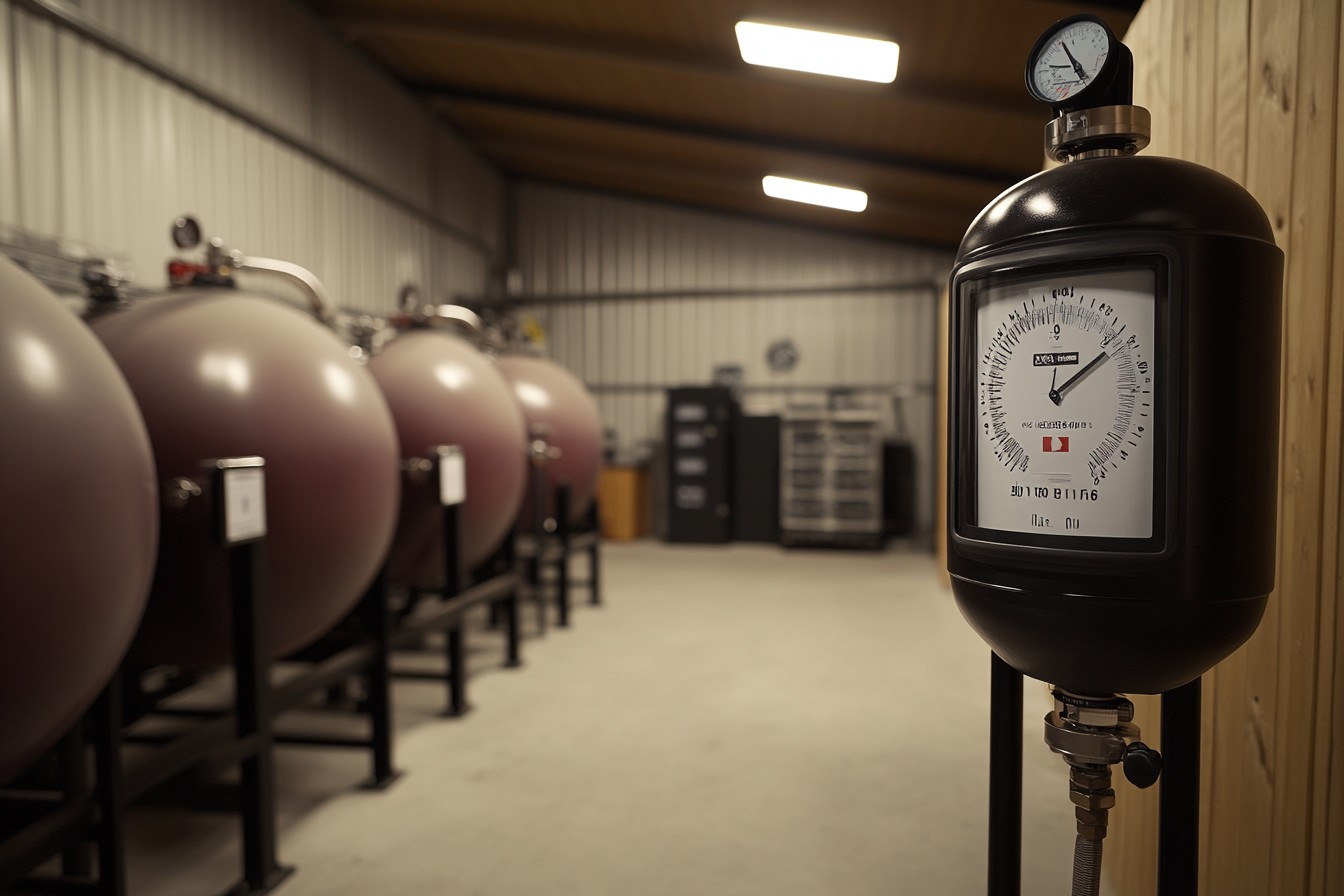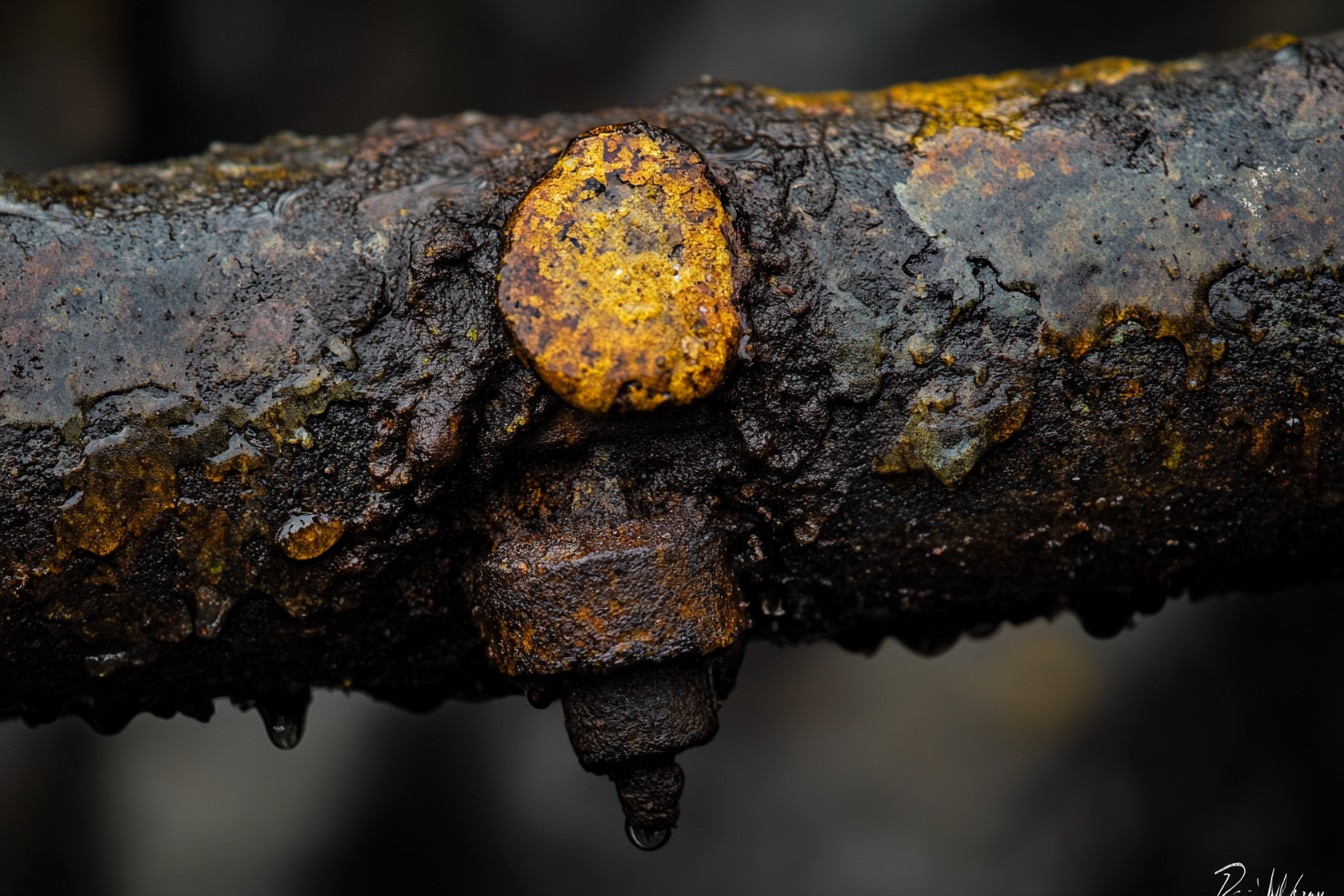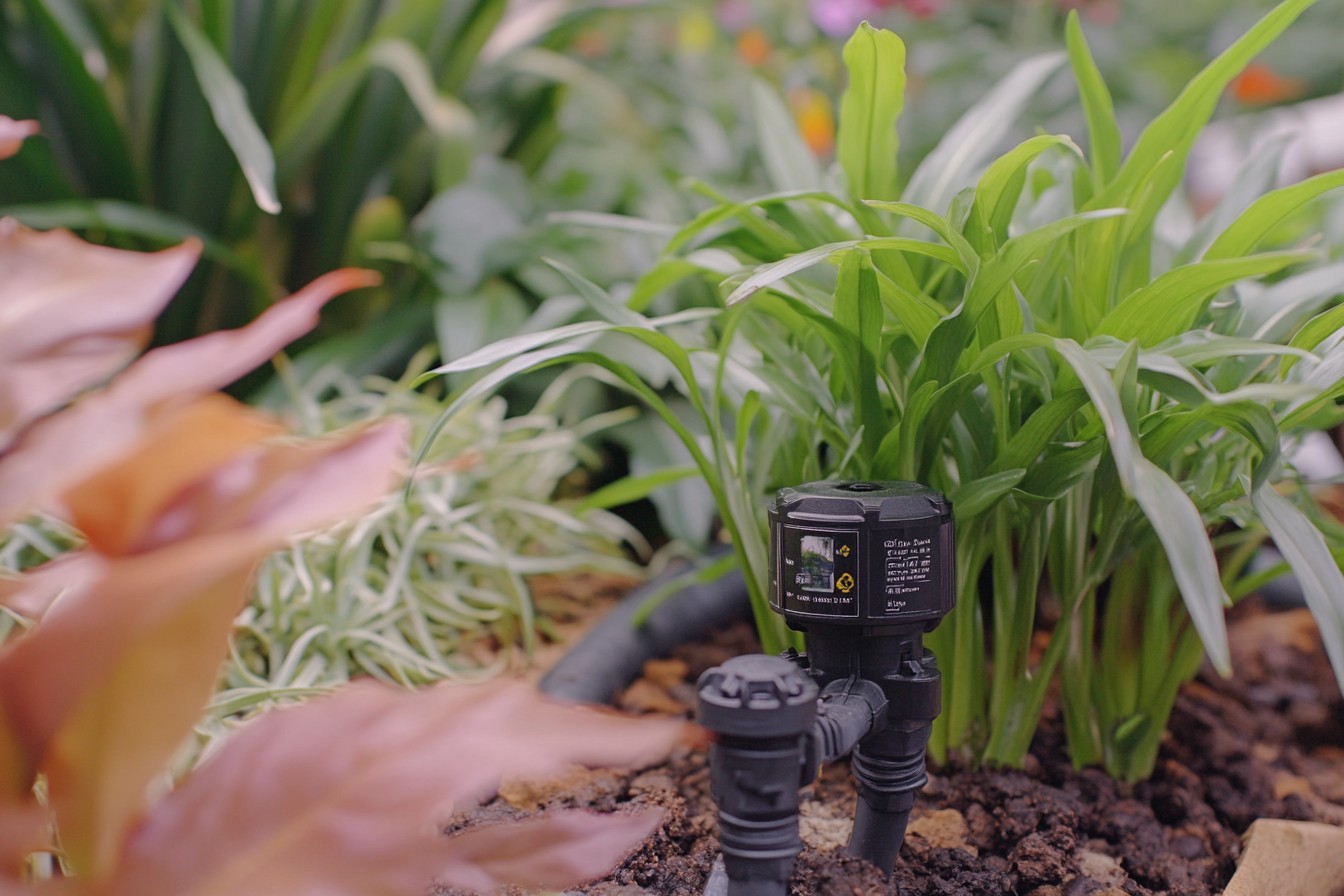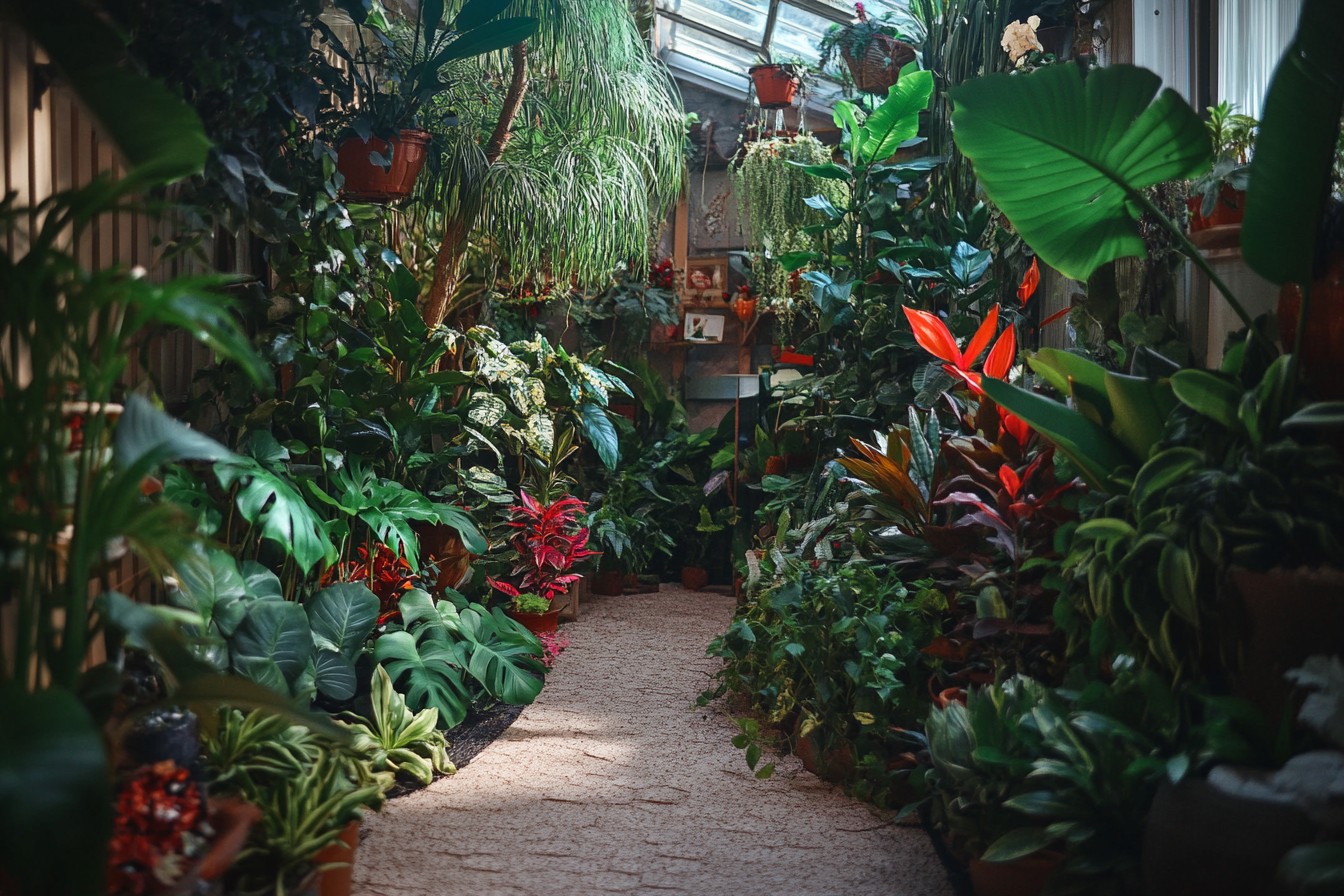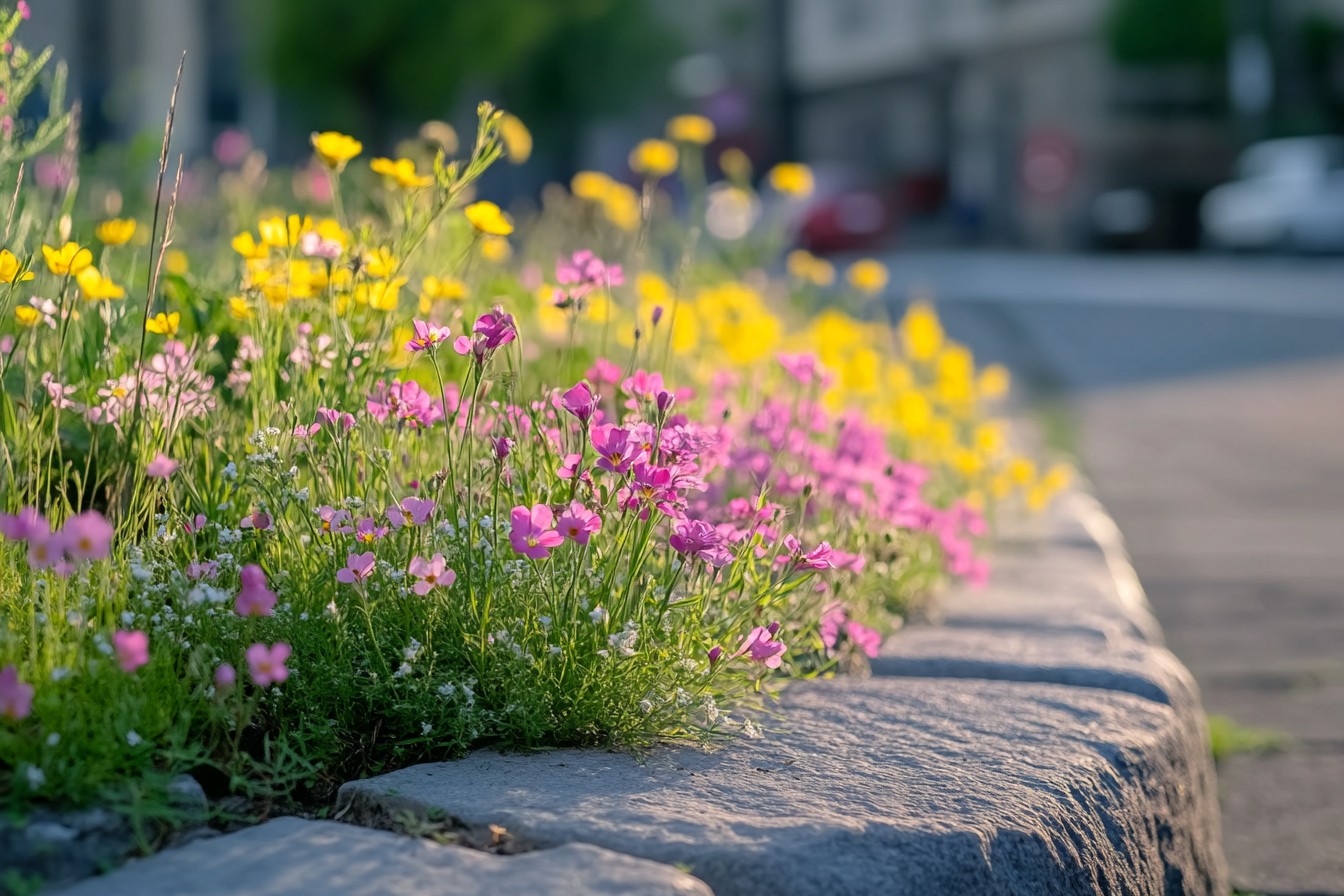The precise moment I realized my home drip irrigation system had serious pressure problems was when I glanced out my kitchen window to see what appeared to be a miniature geyser erupting in my tomato bed. The fitting at the end of a drip line had blown completely off, sending a six-foot vertical stream of water into the air and transforming one very surprised squirrel into what looked like a participant in a rodent water park. By the time I sprinted outside and located the system’s main valve (which, in my infinite wisdom, I had installed behind a particularly thorny rose bush), my newly mulched garden beds had been transformed into something resembling a mud wrestling venue.
This aquatic disaster was the culmination of weeks of increasingly obvious warning signs that I had somehow convinced myself were normal “quirks” of a new irrigation system. Some drip emitters barely dripped while others gushed. The lines at the far end of the garden received almost no water while those near the source could effectively simulate monsoon conditions.
Plants at the ends of each irrigation zone looked progressively more desperate, their leaves curling in a silent plea for adequate hydration. What I didn’t realize was that I had stumbled into one of home irrigation’s most complex challenges: pressure management. Over the next six months, I embarked on what my wife now jokingly refers to as my “water pressure obsession era,” a journey that involved more trips to hardware stores, more mysterious gauges and fittings, and more colorful language than any other home project I’ve undertaken.
The adventure began with diagnosis. I purchased a basic water pressure gauge that attached to an outdoor spigot—a simple device that cost $12.95 and immediately revealed my first problem. My home’s water pressure measured 72 PSI (pounds per square inch), significantly higher than the 25-30 PSI recommended for drip irrigation systems.
Mystery number one solved: those blown-off fittings and wildly inconsistent drip rates were the result of excessive pressure. The obvious solution seemed to be installing a pressure regulator, so I purchased a preset 30 PSI model for $24.99 that promised to tame my overly enthusiastic water supply. I installed it at the system’s point of connection, just after the backflow preventer, feeling rather pleased with my problem-solving prowess.
The next morning, I turned on the system, confident that my irrigation woes were behind me. They were not. While the explosive geysers had indeed stopped, I now had the opposite problem.
The plants at the far end of each zone—about 75 feet from the water source—received essentially no water at all. The pressure drop across the system was so significant that the furthest emitters remained bone dry even after an hour of operation. My tomatoes near the water source were practically drowning while my peppers at the far end were developing a remarkable resemblance to jerky.
Back to the hardware store I went, where I described my problem to Dave, a retired plumber who worked the irrigation aisle on Tuesdays and Thursdays. Dave leaned against the shelf of PVC fittings, considered my situation, and delivered what would become my irrigation mantra: “Drip systems are all about balance, son. Too much pressure blows things apart.
Too little pressure means nothing happens at the far end. You need to understand your pressure budget.”
My pressure budget, as Dave explained it, involved understanding how water pressure diminishes as it travels through a system. Every component—from filters to tubing to connectors to emitters—exacts a “pressure tax.” My system, with its single pressure regulator at the beginning, was effectively spending all its pressure in the first half of each zone, leaving nothing for the distant components.
Armed with this conceptual framework and several pages of notes from my conversation with Dave, I began the process of rebuilding my system from first principles. The initial step was understanding exactly what was happening at different points in my irrigation network. I invested in a more sophisticated pressure gauge kit ($38.75) that allowed me to test pressure at various locations using specialized fittings.
The results were illuminating. My main line entered the garden at a now-regulated 30 PSI, but by the time water reached the midpoint of my longest zone (approximately 40 feet of 1/2-inch mainline tubing), pressure had dropped to 18 PSI. At the 75-foot endpoint, pressure measured a dismal 8 PSI—well below the minimum 15 PSI required for proper emitter function.
The problem wasn’t just distance. My system design had several critical flaws that exacerbated pressure loss:
First, I had used 1/4-inch micro tubing for several long runs, not realizing that this small-diameter tubing causes significant pressure drop over distances greater than about 15 feet. Each 10 feet of this skinny tubing was reducing pressure by approximately 2 PSI.
Second, I had installed a particle filter at the beginning of the system but had neglected regular cleaning, resulting in partial clogging that created additional pressure loss of about 5 PSI. Third, I had mixed different types of emitters—some requiring different operating pressures—within the same zones, creating inherent imbalance regardless of incoming pressure. Fourth, and perhaps most critically, I had laid out my zones with no consideration for balancing the number of emitters or length of tubing, resulting in wildly different water demands across different areas.
The redesign process began with mapping. I created a detailed diagram of my garden, measuring exact distances and elevations (even minor elevation changes affect pressure). I calculated the water requirements for each planting area and determined appropriate emitter quantities and flow rates.
Most importantly, I divided my garden into hydrozones—areas with similar water needs—and redesigned my irrigation zones to match these requirements rather than simply running lines wherever they fit conveniently. The physical rebuilding started with updating my mainline strategy. I replaced the entire system backbone with 3/4-inch PVC pipe, using it to reach central points in the garden before transitioning to 1/2-inch poly tubing for zone mainlines.
This larger diameter piping reduced friction loss significantly, preserving precious PSI for the farther reaches of the system. For areas more than 50 feet from the water source, I installed secondary pressure regulators calibrated to address the specific needs of those zones. Rather than one-size-fits-all 30 PSI regulation at the source, I now had a system of distributed pressure management:
– Zone 1 (closest to source, serving water-hungry vegetables): 25 PSI regulator
– Zone 2 (perennial beds with moderate water needs): 20 PSI regulator
– Zone 3 (distant native plant area with lower water requirements): 30 PSI regulator
– Zone 4 (elevated containers on deck): 35 PSI regulator to overcome elevation
These secondary regulators cost $19.99 each, and installing them felt like admitting defeat in my quest for simplicity, but the improvement was immediate and dramatic.
Each zone now operated within its ideal pressure range, and the furthest emitters functioned as intended. The elevation challenges required particular attention. My deck containers sit approximately 6 feet above my garden beds, and I’d failed to account for the fact that each foot of elevation effectively reduces pressure by 0.433 PSI.
The containers were losing nearly 3 PSI simply due to their height. The 35 PSI regulator for this zone compensated for this elevation-based pressure loss while still protecting the components from excessive pressure. Emitter selection became another critical focus of my redesign.
I standardized on pressure-compensating emitters for most applications—these clever devices maintain a consistent flow rate across a relatively wide pressure range (typically 15-50 PSI). They cost about twice as much as standard emitters ($0.89 each versus $0.45 for non-compensating types), but this investment eliminated the feast-or-famine water distribution of my original system. For long runs of 1/2-inch tubing with multiple emitters, I switched to “in-line” drip emitters—essentially a flat tube with emitters built-in at regular intervals.
This eliminated the pressure loss from dozens of barbed connectors and created much more uniform watering across the entire length. The cost was comparable to individual emitters once installation time was factored in. The most technically challenging aspect was proper branching design.
My original system featured haphazard T-connections and branches that created unbalanced pressure distribution. I redesigned these junctions using basic hydraulic principles:
– Main line branching now follows a central spine with properly sized offshoots
– Areas requiring similar flow are arranged in parallel rather than series connections
– Critical junctions use special pressure-balancing manifolds rather than simple T-connectors
These manifolds cost $14.99 each compared to $1.99 for basic T-connectors, but they ensure that each branch receives equal pressure—absolutely critical for balanced system performance. Throughout this redesign process, I used pressure gauges obsessively, testing and retesting at various points to confirm my changes were achieving the desired results.
I created a pressure map of my garden showing readings at 15 different locations, using these measurements to identify and resolve remaining problem areas. The most dramatic improvement came from addressing what irrigation designers call “point-of-use pressure regulation.” For problematic areas that continued to show pressure imbalances, I installed inline pressure regulators at specific branch points. These small in-line devices ($7.99 each) provide localized pressure control for specific garden sections.
For example, my herb spiral consistently showed higher pressure than desired due to its proximity to the water source. Rather than reducing overall system pressure (which would negatively impact distant zones), I installed a 15 PSI in-line regulator specifically for this feature. The herbs now receive their preferred gentle watering while the main system maintains adequate pressure for farther-reaching zones.
The final piece of the pressure management puzzle was installing pressure-compensating end caps on longer runs. These clever devices ($3.99 each) allow excess pressure to be released at line endpoints, preventing pressure buildup in shorter runs while ensuring adequate flow throughout the system. I installed these on all mainlines, providing a safety release that prevents pressure spikes when zones turn on and off.
With the physical system rebuilt, I turned my attention to operational pressure management through smarter scheduling. I programmed my irrigation controller to avoid running multiple zones simultaneously, which had been causing significant pressure drops when more than one zone operated. I also staggered start times to prevent the pressure fluctuations that occur when systems turn on and off in quick succession.
The real-world results of these changes were immediately apparent and measurable. Using small moisture meters placed at various distances along each zone, I confirmed that water distribution had become remarkably consistent. Plants at the far end of zones now received within 10% of the water volume delivered to plants near the source—a dramatic improvement from the previous 70% variation.
The visual evidence was even more satisfying. My tomatoes, previously displaying the odd combination of fungal issues (from overwatering) near the source and drought stress at the zone endpoints, now showed uniform healthy growth throughout the bed. The peppers at the furthest point of Zone 1 developed their first healthy fruits after months of struggle, and my native plant area finally received its preferred low-volume, deep watering rather than the inconsistent moisture that had caused root issues.
Water consumption provided the most surprising metric. Despite solving the underwatering issues in distant zones, my overall water usage decreased by approximately 22% according to utility bills. This counterintuitive result stemmed from eliminating both the geyser-like blowouts and the overwatering that occurred near water sources as I compensated for dry distant zones.
The financial investment in properly managing pressure was significant but justifiable:
– Pressure gauges and testing equipment: $51.70
– Multiple pressure regulators: $104.94
– Pressure-compensating emitters and specialized fittings: $128.45
– New mainline PVC and larger diameter tubing: $87.60
– Miscellaneous fittings and tools: $43.25
Total: $415.94
Spread across the five-year expected lifespan of the system components, this breaks down to about $83 annually—far less than the water wasted by my original poorly balanced system, which was costing approximately $140 extra per year in water bills alone. The plant losses from improper watering (particularly valuable perennials that suffered from pressure-related watering issues) added another layer of cost justification. The knowledge gained through this process has transformed how I approach not just irrigation but all household water systems.
I’ve applied similar pressure management principles to indoor plumbing, installing pressure-reducing valves on problematic high-pressure fixtures and addressing pressure drop issues in our upstairs bathroom. For anyone tackling a drip irrigation system, I offer these hard-earned insights:
1. Measure your actual water pressure before designing anything.
What comes out of your municipal supply or well system may be wildly unsuitable for drip irrigation without modification. 2. Consider pressure management as a system, not a single-point solution.
Distributed pressure regulation at strategic points creates better results than relying solely on a single pressure regulator at the source. 3. Invest in proper-sized mainlines.
The initial cost difference between 1/2-inch and 3/4-inch supply lines is minimal compared to the long-term benefits of preserved pressure. 4. Pressure-compensating emitters are worth every penny for any system larger than a few containers.
The uniform watering they provide eliminates both wasted water and stressed plants. 5. Create zones based on both water needs and distance from the source.
Plants with similar water requirements that are located at significantly different distances from your water source will never be properly served by a single zone regardless of pressure management. 6. Test, measure, and adjust.
Pressure dynamics change throughout the season as filters collect debris, emitters develop mineral deposits, and plants grow to block or redirect water flow. Regular pressure testing at multiple points allows you to catch problems before plants show stress symptoms. My irrigation system continues to evolve, but pressure management remains its conceptual foundation.
I’ve installed permanent pressure testing points at strategic locations throughout the garden, allowing quick system checks without disassembling components. These brass fittings with threaded caps cost $6.99 each and have already paid for themselves in diagnostic convenience. The most unexpected benefit of solving my pressure problems has been the system’s resilience.
When issues do occur—an emitter clogs or a line develops a leak—the properly balanced pressure ensures that the problem remains localized rather than cascading throughout the system. The garden continues to receive balanced watering while I address the specific issue, rather than entire zones failing because of single-point problems. Dave from the hardware store stopped by last month to see the completed system, walking my garden with pressure gauge in hand like a doctor with a stethoscope.
After testing several points and inspecting the zone layout, he delivered his highest form of praise: a slight nod and “Not bad for an amateur.” Coming from Dave, this was essentially a Michelin star. I still occasionally find myself standing in the garden with pressure gauge in hand, testing random points just to confirm that all remains well in my hydraulic kingdom. My wife has stopped questioning why I own four different pressure testing devices or why our vacation packing list includes “check drip system pressures” as a pre-departure task.
She simply accepts that our garden’s luxuriant growth comes with a side of mild technical obsession. The squirrel has returned to the garden, though he now gives the irrigation system a wide berth during operational hours. Smart creature.
He learned his lesson about water pressure the wet way, while I took the considerably longer route. But we both reached the same conclusion: in irrigation, as in life, balance is everything.


